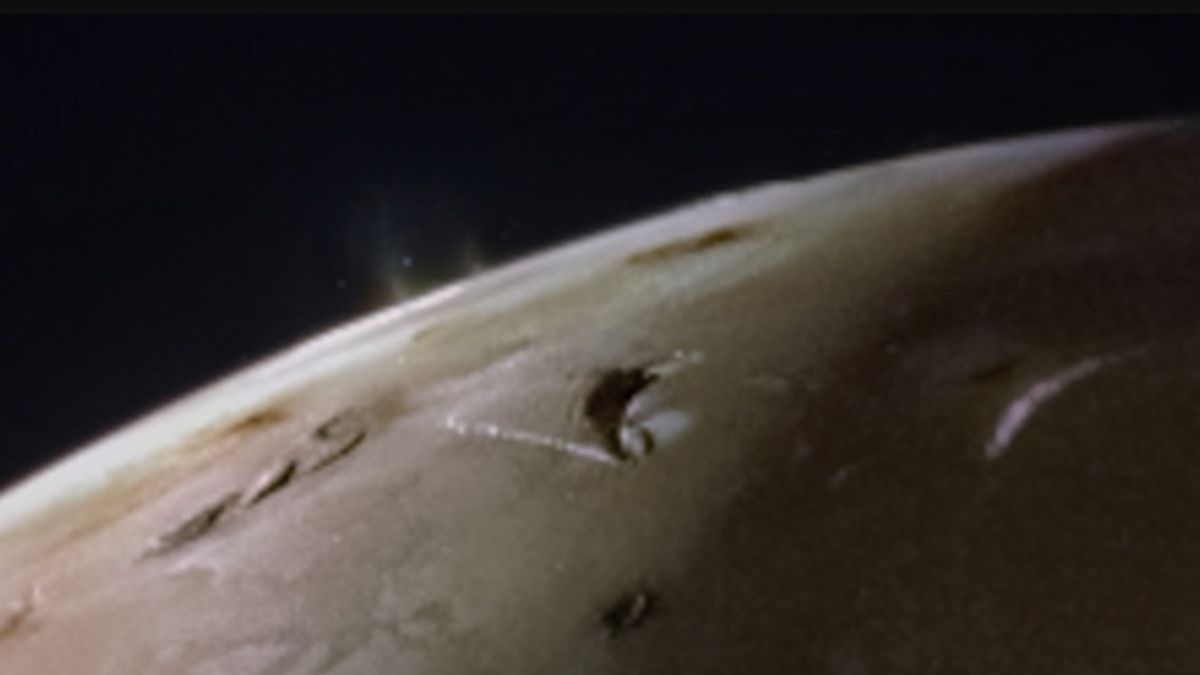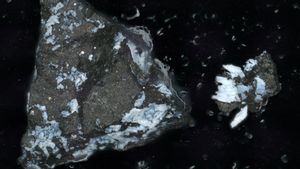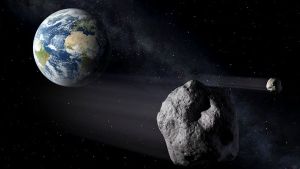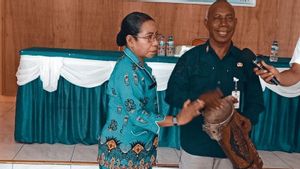JAKARTA Juno's spacecraft provides a clearer picture of Io, the moon of Jupiter. Scientists now know how extensive the lava lake in Io is and the volcanic process of the month. This new knowledge was discovered by Juno's Jovian Infrared Auroral Mapper (JIRAM) instrument. The results of its findings have been investigated and reported in the form of papers published in Nature Communications Earth and Environment. Juno crossed Io twice last year, namely in May and October. The distance of its observations was different. Juno was at an altitude of 35,000 kilometers in the first month, while in the second month Juno was at an altitude of 13,000 kilometers. From this distance, JIRAM managed to find the existence of a bright ring surrounding the base of a number of hot spots. The resolution of the JIRAM infrared image suggests that Io's surface is covered by a lava lake contained in a caldera-like feature. In the Io surface region where we have the most complete data, we estimate that about 3 percent of its surface is covered by one of these liquid lava lakes," said Alessandro Mura, one of the Juno researchers from Rome's National Institute of Astrophysics. Kaldera is a volcanic feature formed due to large volcanic debris or volcanic eruptions. Kaldera is much larger in size compared to craters because its diameter could reach tens of kilometers.
SEE ALSO:
In addition to showing the presence of a lava lake inside the caldera, the JIRAM infrared also found a thin loop of lava that limits the middle crust and the walls of the lake. The lava crust is also thought to have broken due to forced hitting the walls of the lake. "(This lava crack) forms a distinctive lava ring seen in the Hawaiian lava lake. Its walls are likely as high as hundreds of meters, which explains why magma is generally not seen coming out of the tentae of a bowl-shaped feature formed by volcanicism," Mura said. From these findings, the hypothesis about Io's surface is still the same. "Magma pools in the middle of the lake, spreads and forms a crust that sinks along the edge of the lake, showing lava."
The English, Chinese, Japanese, Arabic, and French versions are automatically generated by the AI. So there may still be inaccuracies in translating, please always see Indonesian as our main language. (system supported by DigitalSiber.id)


















